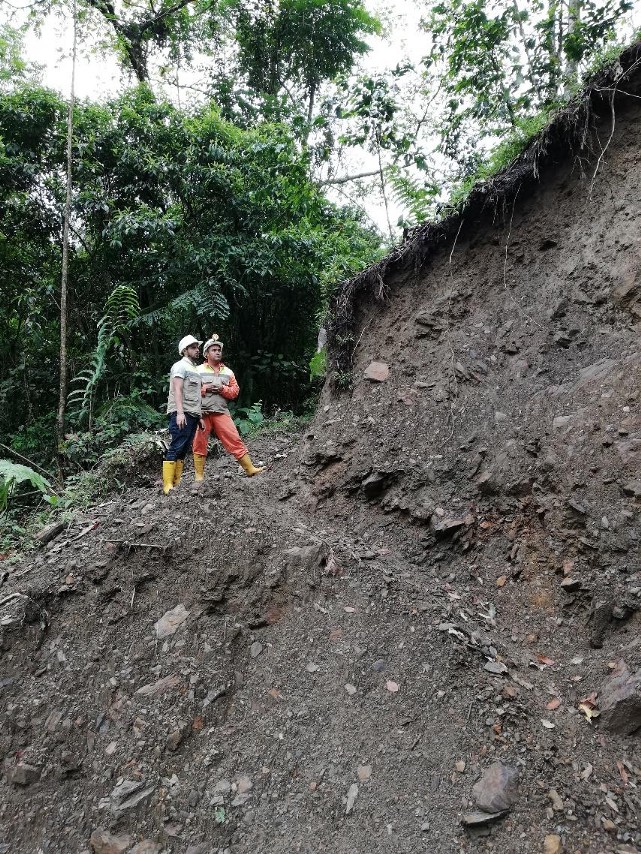We know of at least 10 veins, of which only a small part of three of them have been studied: Los Murciélagos, La Clavada, Veta Roy, Pico de Oro, Campamento, Don Eladio.
But before talking about the veins of our mine, let’s clarify the concept of mining vein.
What is a mining vein?
A vein is a tubular mass of mineral material, deposited in fissures, cracks or crevices of a rocky body and of a composition different from the substance in which it is embedded. The term, as used by geologists, is almost synonymous with the term vein, as used by miners.
Types of veins at La Maria
The Murciélagos vein is embedded in amphibolite and corresponds to a milky quartz vein with variable thickness (0.20- 0.70m); mineralization can be found between fracture planes and occasionally disseminated
Don Eladio vein: Mineralized structure of milky quartz with N20°E/40°NW disposition, it presents changes in thickness, reaching 1.40m. It is embedded in the chloritic-feldspathic schist.
Roy vein: It is located in the contact between the amphibolite and the granodiorite; the granodiorite through the planes of weakness forms pegmatitic acid dikes (quartz, feldspar and muscovite) that sometimes is confused with the vein. It has a general trend of N5°E/60°NW, with thicknesses varying between 0.1 and 0.5 meters.
Campamento vein: Mineralized structure, subparallel to the Don Eladio and Murciélagos veins; it has a disposition of N10°E/74°NW, with thicknesses between 0.1 and 0.5 meters. It is encased in schist type rock, outcropping near the camp.
Pico de Oro vein: The main structure is a quartz vein with a general strike of N25°E and subvertical to vertical dip (box vein). It is embedded in amphibolite with a 5 cm thick shear zone towards the sides and with a schistose structure (mylonites), resembling a green shale, generating greenish gray fault clay and foliation due to deformation. The thickness of the vein is variable, reaching up to 1.4m; likewise, it usually branches into veinlets up to 10cm thick. The quartz is milky, very fractured and sometimes cemented or with inclusions of the box rock (hydraulic fracturing at the time of embedding). Mineralization occurs in lineations following the fractures, it is also found in disseminated sulfides and in concentrations forming “sulfide nests” (towards the center or sides of the structure). The sulfides present are: pyrite, galena, chalcopyrite, pyrrhotite, sphalerite and occasionally covellite.


